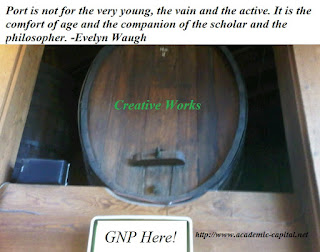Genius, previously termed gifted, is a person who excels
in one or a number of fields in a manner that contributes something new and
unique. Geniuses develop new ideas, concepts, artistic forms, or new scientific
breakthroughs in order to advance the field. Businesses are naturally
interested in geniuses because they can either solve new problems or create new
discoveries. A study by Dr. Keith Simonton helps define the differences in
creative and scientific genius and how these are impacted by genetics and life.
Genius as a Creative Output
Genius is more than being intelligent or ranking
high on certain abilities tests. It is also about the actual output marks the individual
that creates it. For example, having all the abilities in the world is great
but eventually they must be used to create something. A telltale aspect of
genius is the advancement of a new artistic piece, a scientific theory, or
literary work.
Genius as Intelligence:
Creative genius and scientific genius may hold some
similar traits but ultimately rely on different types of skills. For example,
scientific genius typically has intelligence over 140 while creative genius has
an IQ over 125. The reason may be more associated with the nature of test
taking whereby creative individuals could see multiple answers to problems
and may take longer to answer questions. The higher forms of genius having greater
broader skills that applies across multiple spectrums.
Genius as an Environmental Factor:
Genius is not all biological. Some places and times in the world created more geniuses than others. These are certainly not due to the slow pace of biological development and more likely oriented toward the sociocultural aspects of society at the time. The right atmosphere can help more geniuses come forward with ideas and created golden ages in societies.
The Benefits of Applying Genius to Business:
Genius can have many uses and each advancement in knowledge or creative output helps push society forward. When applied to the business world it can have a significant impact on the type of products developed and the amount of profits a business can make. A single invention can change the trajectory of development creating new lines of market solutions and put companies on top of their game.
It may seem like genius in one field cannot be applied easily to business but this is not always the case. Artistic genius can be transferred to media arts and design, scientific genius to product development, and creative genius to solve strategic problems. The transference of skills may not be one to one but the general skills can apply to solve unique problems. Developing the right exploratory environment and applying the skills to a specific task can make a big difference.
Simonton, K. (2012). Creative
Genius as a Personality Phenomenon: Definitions, Methods, Findings, and Issues. Social and Personality Psychology Compass, 6
(9).
